#Roman skull
Text





Castle Street Roman Skeleton, The Grosvenor Museum, Chester
This skeleton of a young man was discovered in the well of a Roman mansio (posting house) on Castle Street, Chester, just behind the museum.
He was between 18 and 25 years old when he died. His bones show he had a slight build and was 5ft 6ins tall, which is close to the average male stature in Roman Britain of 5ft 6.5ins.
Analysis of his skeleton does not tell us how he died. It is possible he was trapped in the fire which destroyed the mansio at the end of the 3rd century AD and that his body was put in the well with debris from the site when it was cleared.
There are marked osteolytic lesions on his upper arm bones. These lesions are associated with muscles and tendons pulling with great force on the bone due to heavy lifting and carrying. The lesions are severe suggesting that he engaged in extreme physical activity from an early age, possibly as young as 12. This is an age which was considered to mark the start of adulthood and working life for Romans.
He has a spiral fracture of the left tibia (leg). The fracture has healed well but was not set straight resulting in a misaligned bone which could have caused him to limp. In addition, there is a cloaca (hole) through the bone which is evidence of a chronic infection associated with the fracture. This would have cause him extreme pain and discomfort, although the evidence of healing suggests he was strong enough to overcome the trauma and infection.
#roman#romans#roman skeleton#ancient living#ancient cultures#roman town#roman soldiers#roman empire#archaeology#roman culture#roman skull#death#Chester#burial#roman britain#roman fort#skull#bones
63 notes
·
View notes
Text





Poem by @narcissistcookbook
(Skull design borrowed from their profile pic)
#not my poetry#poetry#poem#my art#poetry illustration#comic#digital art#tnc#the narcissist cookbook#Listen. Y'all know I love poetry#I also happened to be possessed of an inadvisable amount of free time for a few days#I will not be apologizing#The poem feels very roman coliseum#The bones of an empire long since stripped apart#But when given the importunity to conclude your comic with a giant lovecraftian skull#youre gonna draw that.
278 notes
·
View notes
Text
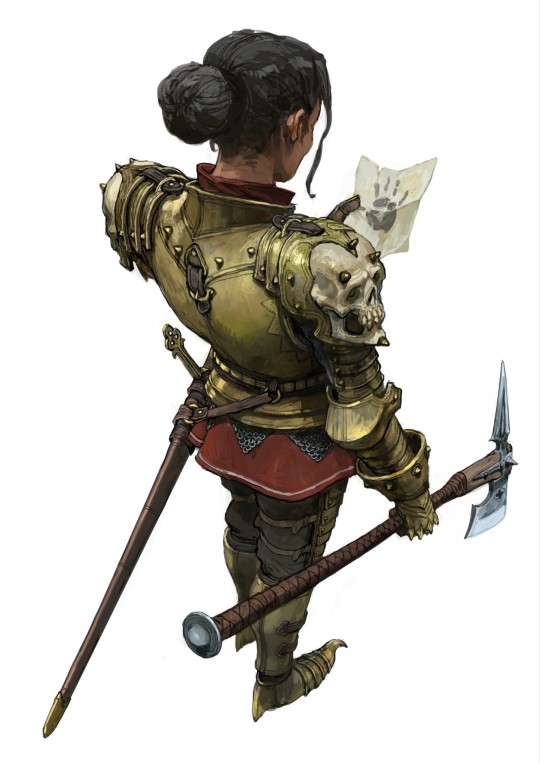
The Message by Roman Kupriianov
3K notes
·
View notes
Text

Roman skull mosaic representing the Wheel of Fortune
1st century BC
#ancient art#antiquities#mosaic#roman art#roman mosaic#skulls#skull art#skull aesthetic#ancient culture#ancient people#ancient artist#ancient artifacts#artifacts#historical artifacts#historical art#art history#aesthetictumblr#tumblraesthetic#tumblrpic#tumblrpictures#tumblr art#tumblrstyle#artists on tumblr#aesthetic
440 notes
·
View notes
Text
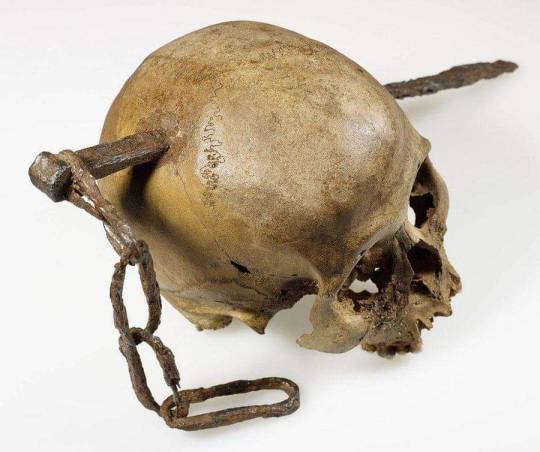
A Roman era skull found impaled with a large spike
227 notes
·
View notes
Text
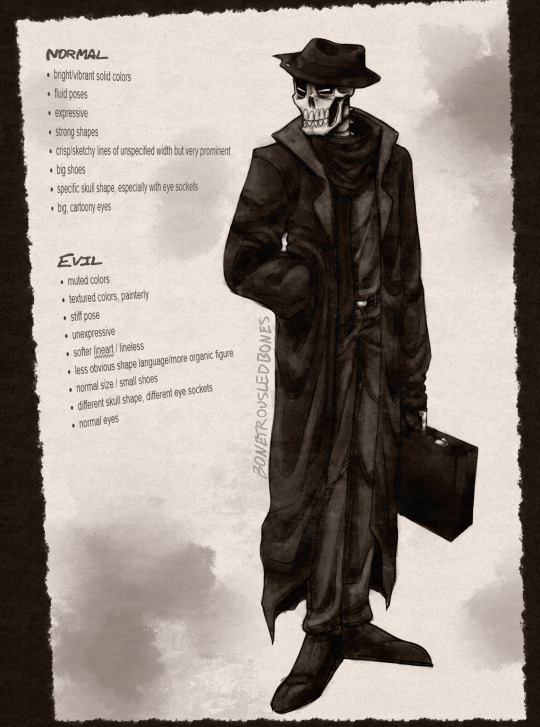
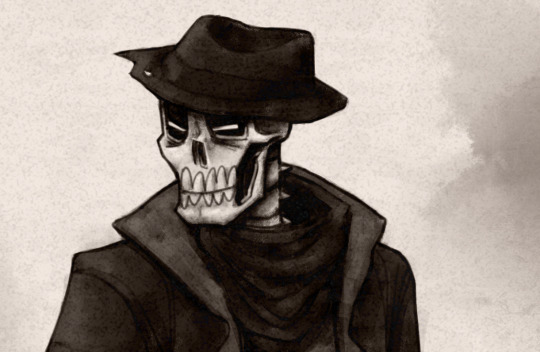
damn they weren't lying. that art style can evil
yucky unfiltered version under the cut
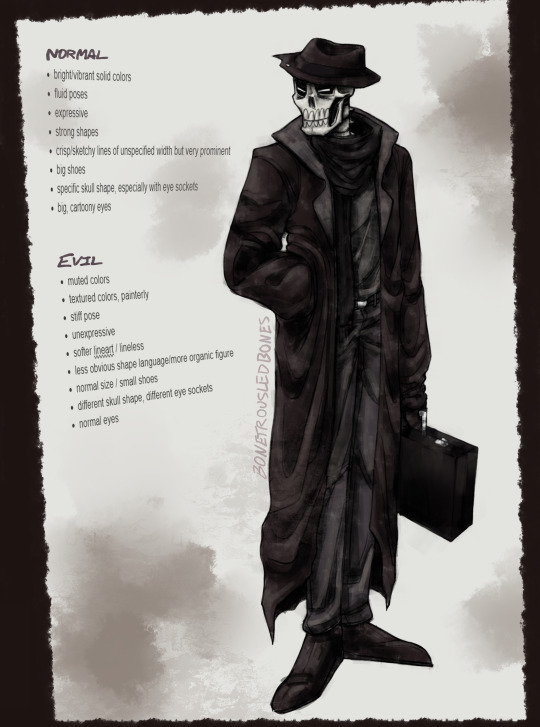
i tried a super different coloring method too and it did not work particularly well lol
#trousled arts#evil art style challenge#undertale#papyrus#i guess.#fedora papyrus#if you asked me i think he should be more known as times new roman instead of fedora papyrus but WHATEVER#i decided if i was gonna draw him i would have to fix him. so he's cool now#he looks like he would have a transatlantic accent#and lets just ignore that the hat doesnt really actually fit on his head ok i didnt feel like dealing with that#anyway first and foremost this was just an excuse for me to prove that i Can draw skulls actually . i do in fact know what they look like#gotta know the rules before you mangle them until they are capable of making cartoon expressions
126 notes
·
View notes
Photo
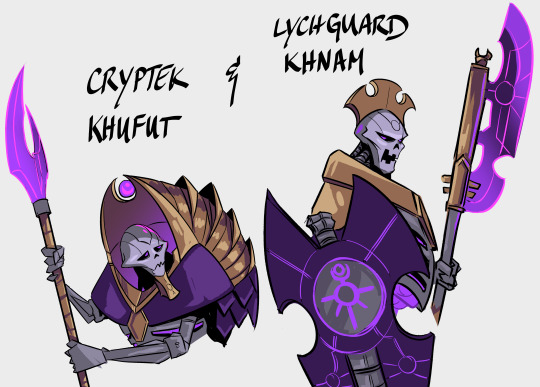
more necron ocs from my custom dynasty
#cryptek khufut#lychguard khnam#roman does art#wh40k#warhammer 40k#isetenh dynasty#necrons#custom dynasty#khufut about to get a hyperphase sword to the skull
801 notes
·
View notes
Photo

Mosaic- Skull And Symbolic Objects -pompeii
187 notes
·
View notes
Text

Day 20
W H A C K
#dailyscarecrow#I don't think that's the sound a metal bat makes when hitting someone's skull#oh well#batman comics#dc jonathan crane#jonathan crane#batman#the scarecrow#dc scarecrow#scarecrow#black mask#roman sionis
21 notes
·
View notes
Text

#rwby#jaune arc#roman torchwick#maria calavera#salem#grimm knight#at the stake#dapper dancers#skull knight#grimm fandango
114 notes
·
View notes
Text
Memento Mori Rosary

#memento mori#goth#skull#skull rosary#rosary#catholic#roman catholic#jesus#mary#remember your death#etsy#truedevotiondesign#black
31 notes
·
View notes
Text
still thinking abt kitsune!geto btw

#i’ve been using courier new instead of times new roman recently :333#i like the look!!!#long time no yan content#HE’S NOT EXACTLY A YAN . i’m not writing it with that in mind . but. people Will die#because they touched you wrong#💀#look . i’m just trying to be loyal to the source material (little kitsune!geto that manifested in my skull and tells me how to write him)#anyway this drabble is very self-indulgent but i’m REALLY excited for it !!!!!!#it’s probably a good idea for me to just focus on writing what i like instead of worrying abt the reception#i hope u r proud of me…!!#ari noises ✩#kitsune!geto <33
29 notes
·
View notes
Text
Historical parallels between Roman Empire and Berserk
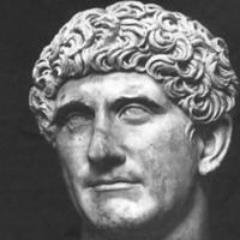

Casca was originally a Roman Man:
Publius Servilius Casca
Publius Servilius Casca Longus (died c. 42 BC) was one of the assassins of Julius Caesar. He and several other senators conspired to kill him, a plan which they carried out on 15 March 44 BC. Afterward, Casca fought with the liberators during the Liberators' civil war. He is believed to have died at the Battle of Phillipi either by suicide or by Octavian's forces.
Despite his being initially a childhood friend of Caesar, Casca and his brother Titedius joined in the assassination. Casca struck the first blow, attacking Caesar from behind and hitting his bare shoulders, after Tillius Cimber had distracted the dictator by grabbing his toga. Caesar replied "Casca, you villain, what are you doing?" and tussled with him for several seconds. Casca simultaneously shouted to his brother in Greek, "Brother, help me!" The other assassins then joined in.
Casca joined Marcus Junius Brutus and Gaius Cassius Longinus, the leaders of the assassins, during the Liberators' civil war against the Second Triumvirate, Caesar's former supporters.
Casca is commemorated on a coin along with Brutus, in which a bearded figure is depicted next to his name. However, this appears to be the god Neptune rather than a portrait of Casca.
Neptune is the Roman god of freshwater and the sea in Roman religion. He is the counterpart of the Greek god Poseidon.

Guts: "Anytime she stands next to water, nothing good ever comes of it ..."
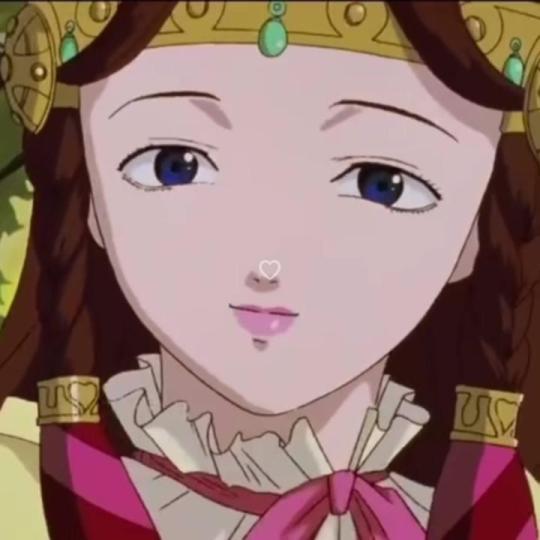
Calpurnia was either the third or fourth wife of Julius Caesar, and the one to whom he was married at the time of his assassination. According to contemporary sources, she was a good and faithful wife, in spite of her husband's infidelity; and, forewarned of the attempt on his life, she endeavored in vain to prevent his murder. Her contemporaries describe Calpurnia as a humble, often shy woman. The night before his assassination, Calpurnia dreamed that Caesar had been wounded, and lay dying in her arms.
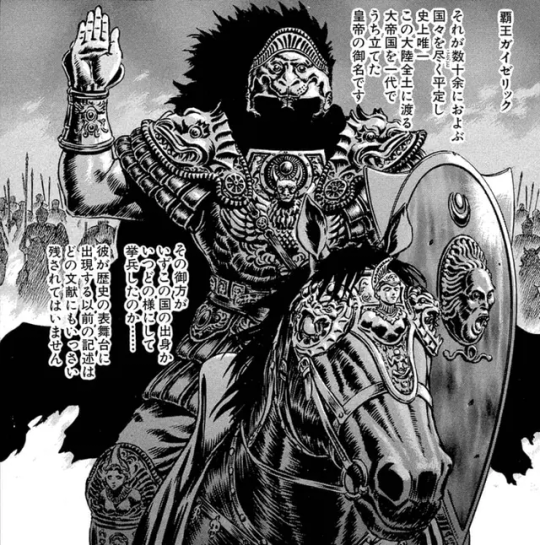

Gaiseric (c. 389 – 25 January 477), also known as Geiseric or Genseric was king of the Vandals and Alans from 428 to 477. He ruled over a kingdom and played a key role in the decline of the Western Roman Empire during the 5th century.
(Sack of Rome in 455) Gaiseric's invasion was a devastating blow to the empire itself, so much so that historian Michael Grant claims, "Gaiseric contributed more to the collapse of the western Roman Empire than any other single man."
Before Gaiseric marched upon Rome, Pope Leo I implored him not to destroy the ancient city or murder its inhabitants.
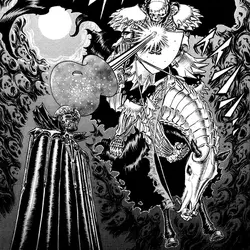
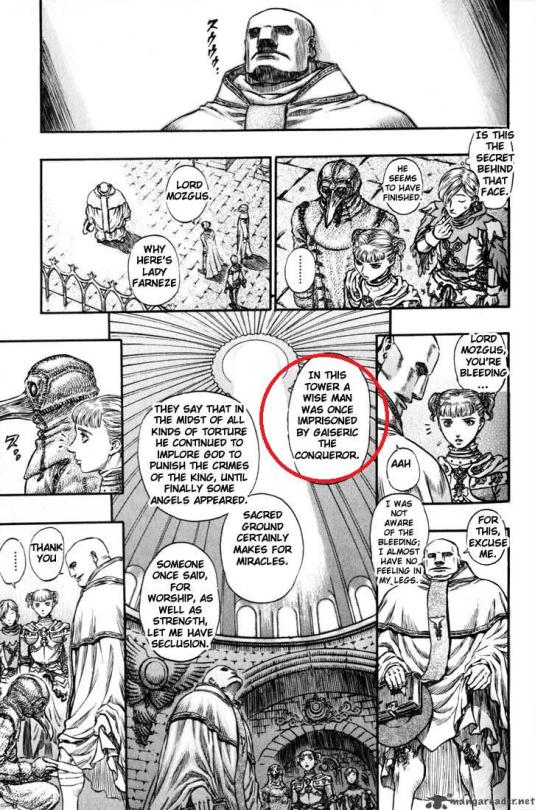
Gaiseric agreed and the gates of Rome were thrown open to him and his men. Once inside the city, the invaders plundered it thoroughly, including the Jupiter Capitolinus temple "Gaiseric contributed more to the collapse of the western Roman Empire than any other single man."
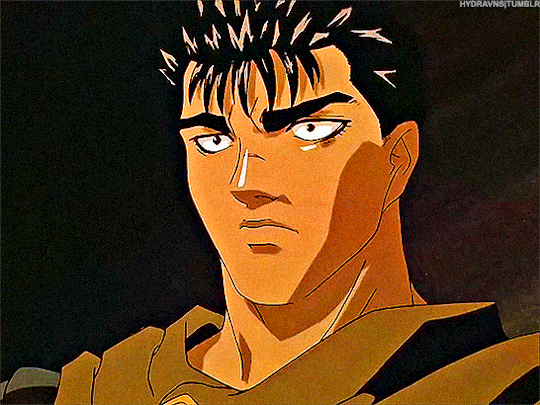
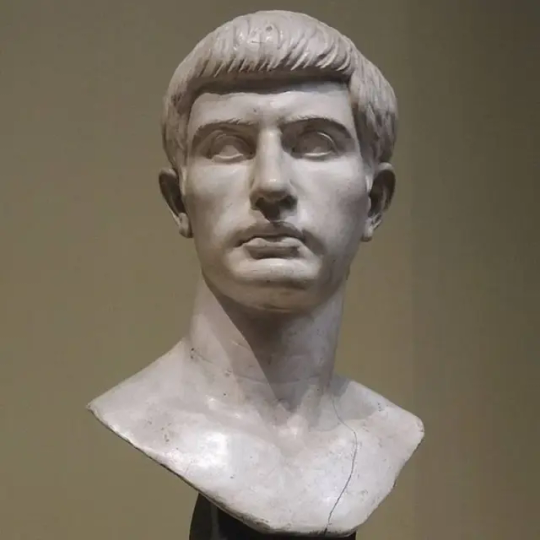
Marcus Junius Brutus was a Roman politician, orator, and the most famous of the assassins of Julius Caesar. He also was close to Caesar. Brutus eventually came to oppose Caesar and sided with Pompey against Caesar's forces during the ensuing civil war (49–45 BC). Pompey was defeated at the Battle of Pharsalus in 48, after which Brutus surrendered to Caesar, who granted him amnesty.
With Caesar's increasingly monarchical and autocratic behaviour after the civil war, several senators who later called themselves liberatores (liberators), plotted to assassinate him.
Popular unrest forced Brutus and his brother-in-law, fellow assassin Gaius Cassius Longinus, to leave Rome. After a complex political realignment, Octavian – Caesar's adopted son – made himself consul and, with his colleague, passed a law retroactively making Brutus and the other conspirators murderers. This led to a second civil war, in which Mark Antony and Octavian fought the liberatores led by Brutus and Cassius. The Caesarians decisively defeated the outnumbered armies of Brutus and Cassius at the two battles at Philippi in October 42. After the defeat Brutus took his own life.
His name has been condemned for betrayal of Caesar, his friend and benefactor.
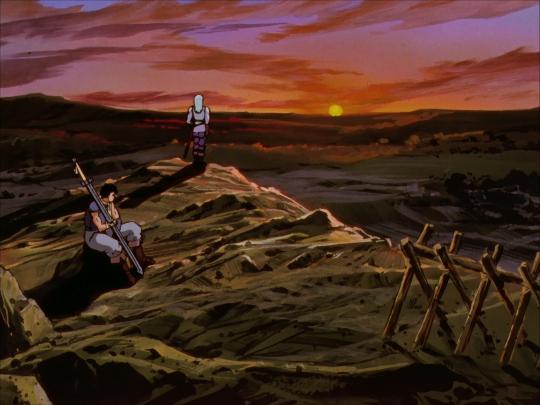
Et tu, Brute?
#berserk#berserk theory#roman empire#casca#brutus#caesar#gaiseric#skull knight#charlotte#griffith#guts#historical#berserk history#berserk reddit#anime#berserk manga#history#berserk guts#berserk casca#kentaro miura#ベルセルク#guts berserk#et tu brute#shakespeare#julius caesar#casca was male#berserk fan theory
27 notes
·
View notes
Text

Roman
10 notes
·
View notes
Text

(+ individuals if y'all want them :D)








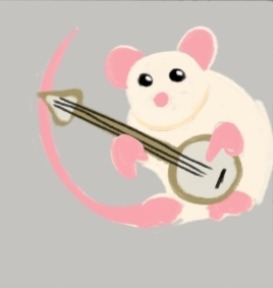
@brick-a-doodle-do @local-squishmallow @kayla-crazy-stuffs @da3dm @i-am-beckyu @quotemenevervore @baka-monarch @skullsnbruises @poprockpanda
#bat's art#i really dont feel like tagging all of yall xD#brick#squishy#kayla#3D#becky#nevermore#roman#skull#poppy#drawing game
43 notes
·
View notes
Text



succ drawin dump! from the ideas on this post thaaaaaaank uuuu <3 gonna do more.... romtom dogs in suits design by @/tomshivyuri !! :D
#can an ouppy and a kittys drink a milkshake together.................#wanted to draw shiv with flowers and then was punched through the skull with LET A THOUSAND SUNFLOWERS BLOOM ROMEYYYY so....kendall too :p#had fun drawin wow.....gob smacked......chugging chugging chugging SUCCESSION!!!!!!!!!!!!!!#nearly all my clip studio files r succ drawings lol. so many variations of shivvy......#romtom#shiv roy#kendall roy#roman roy#succession#succession art#my art#chewtoy
64 notes
·
View notes